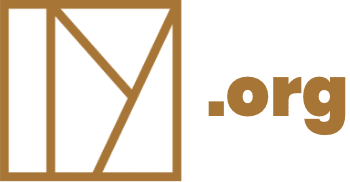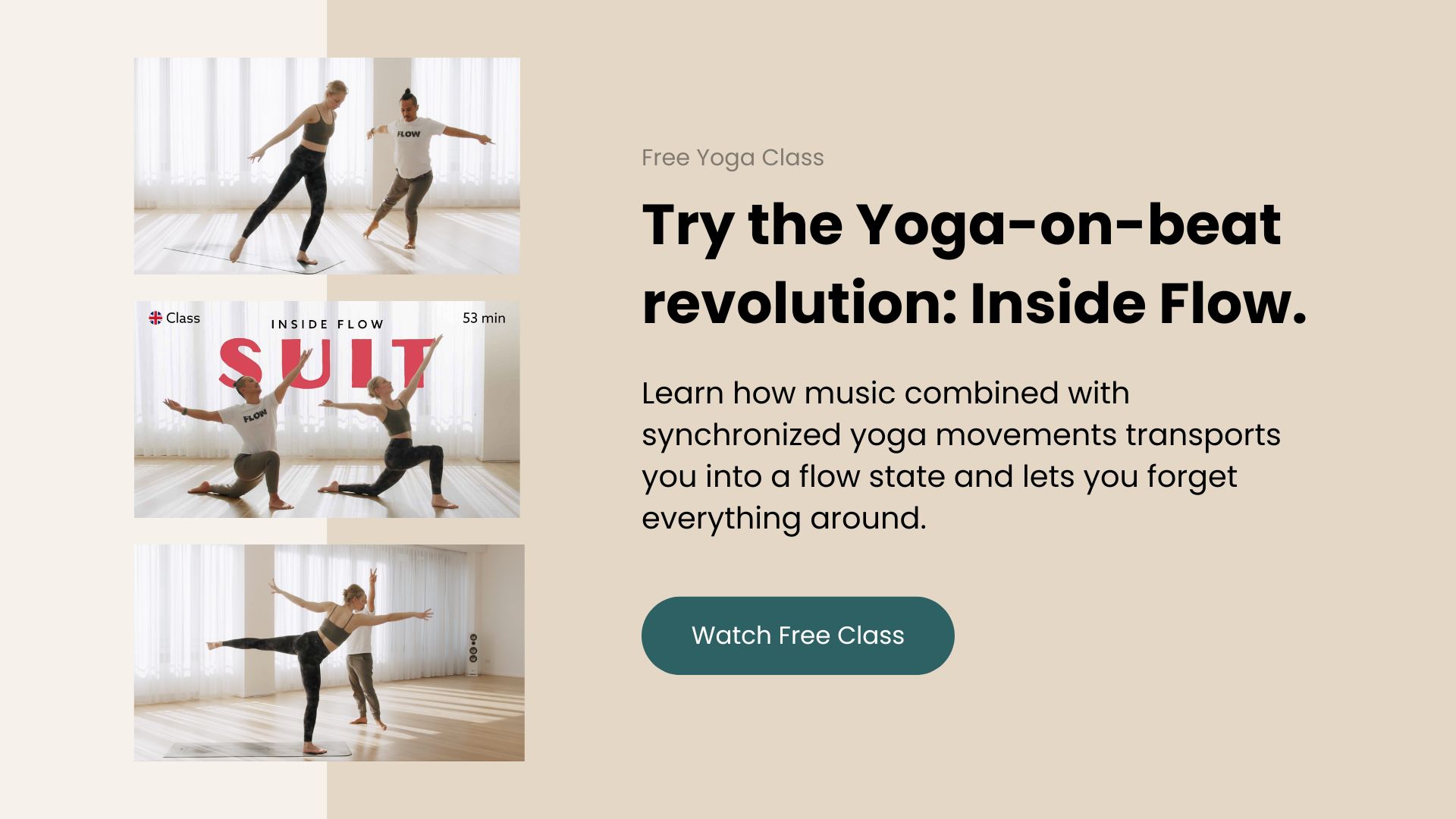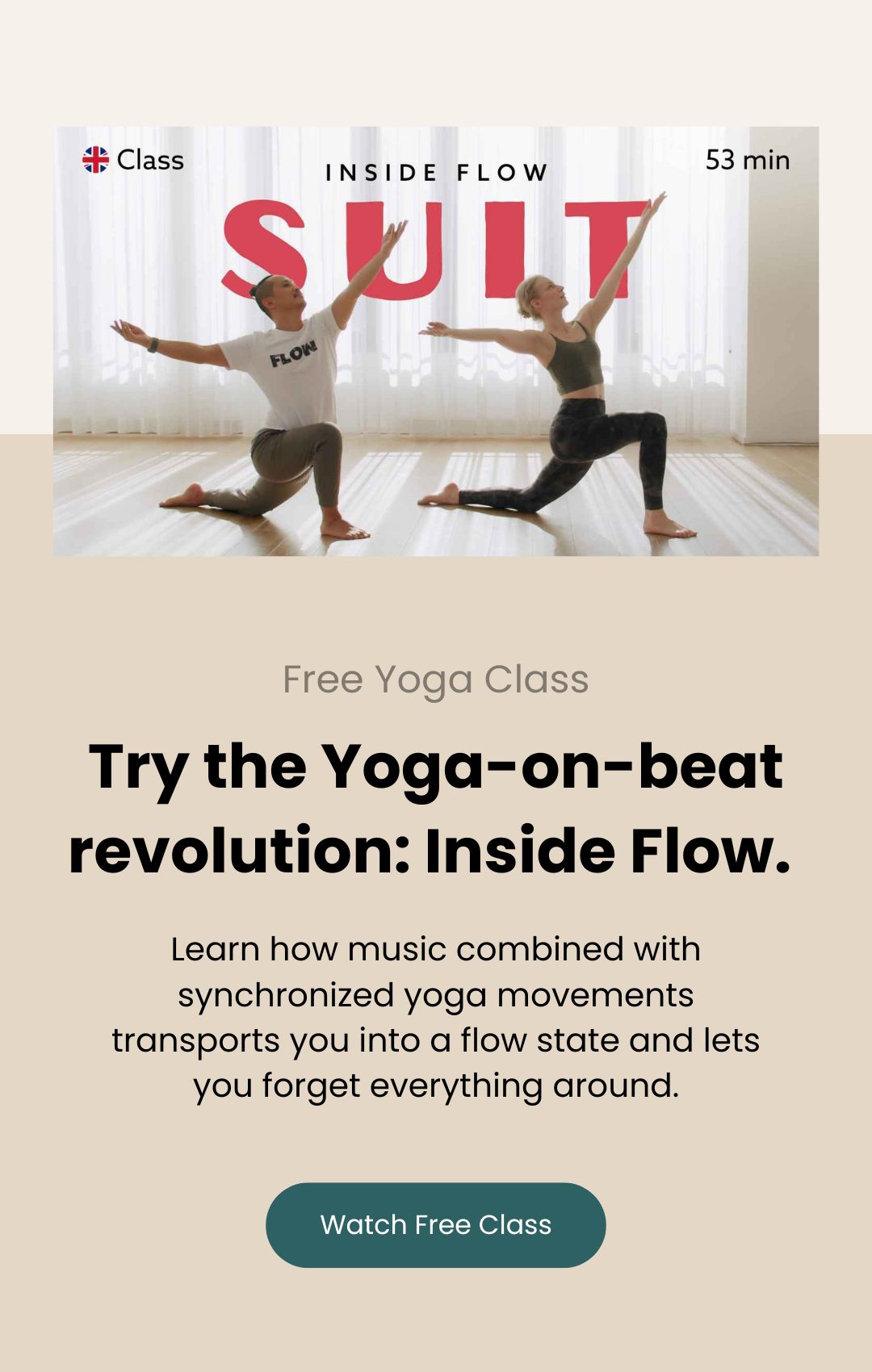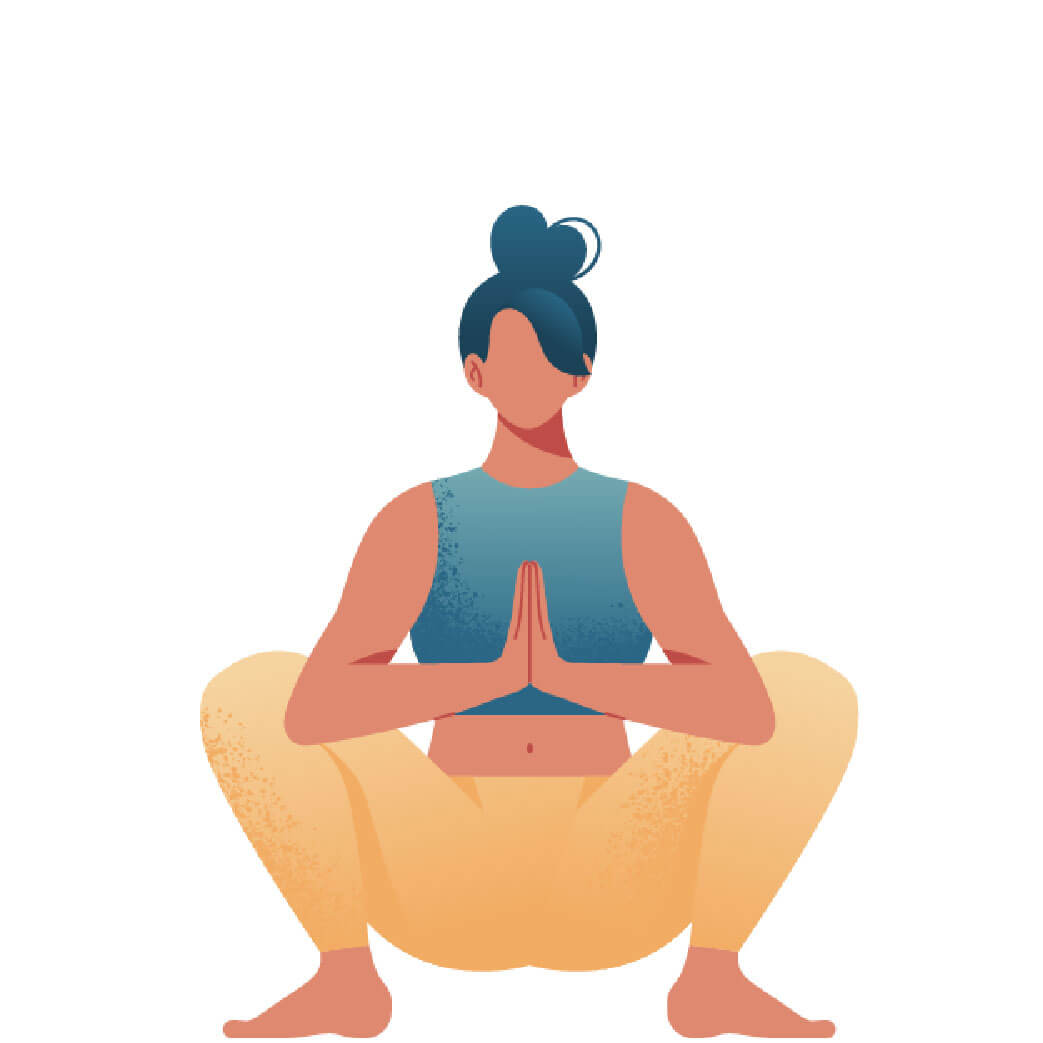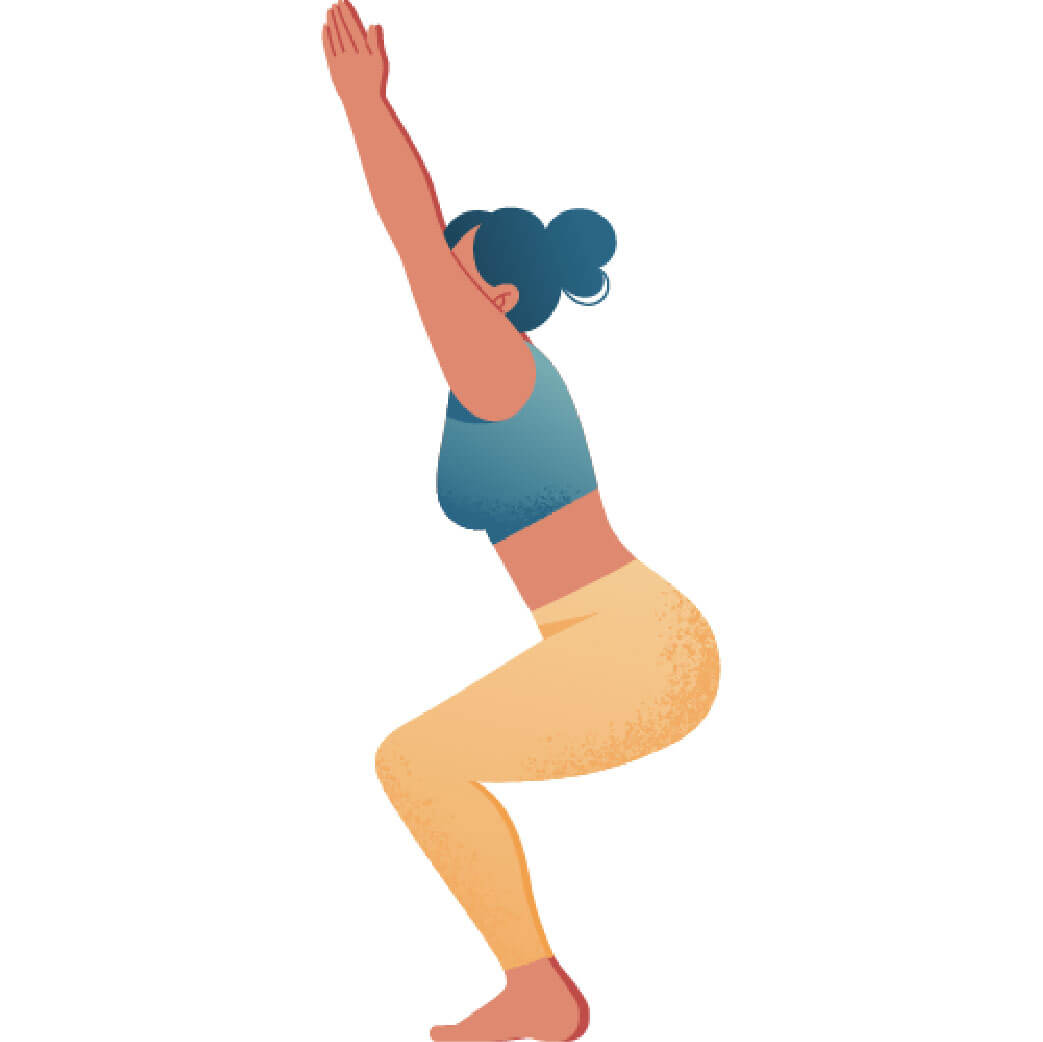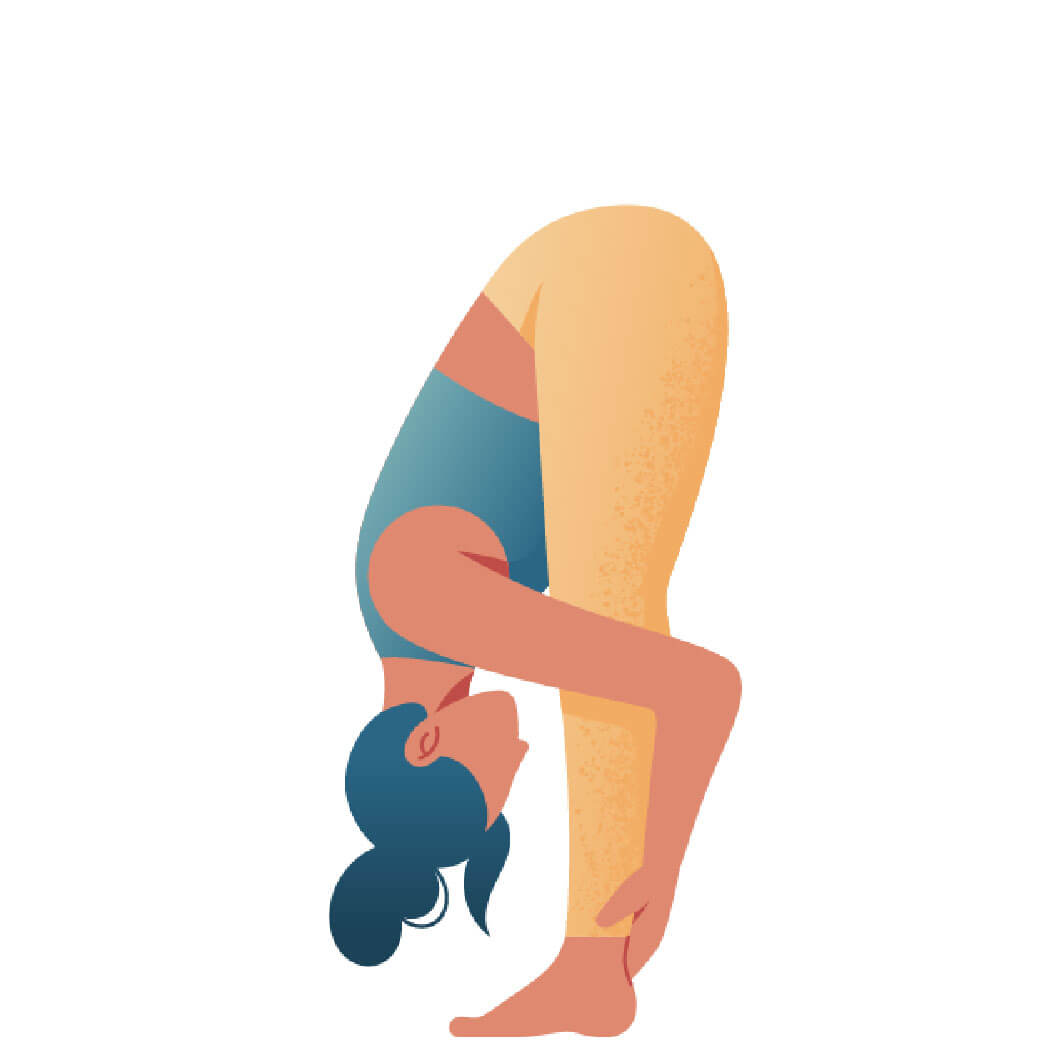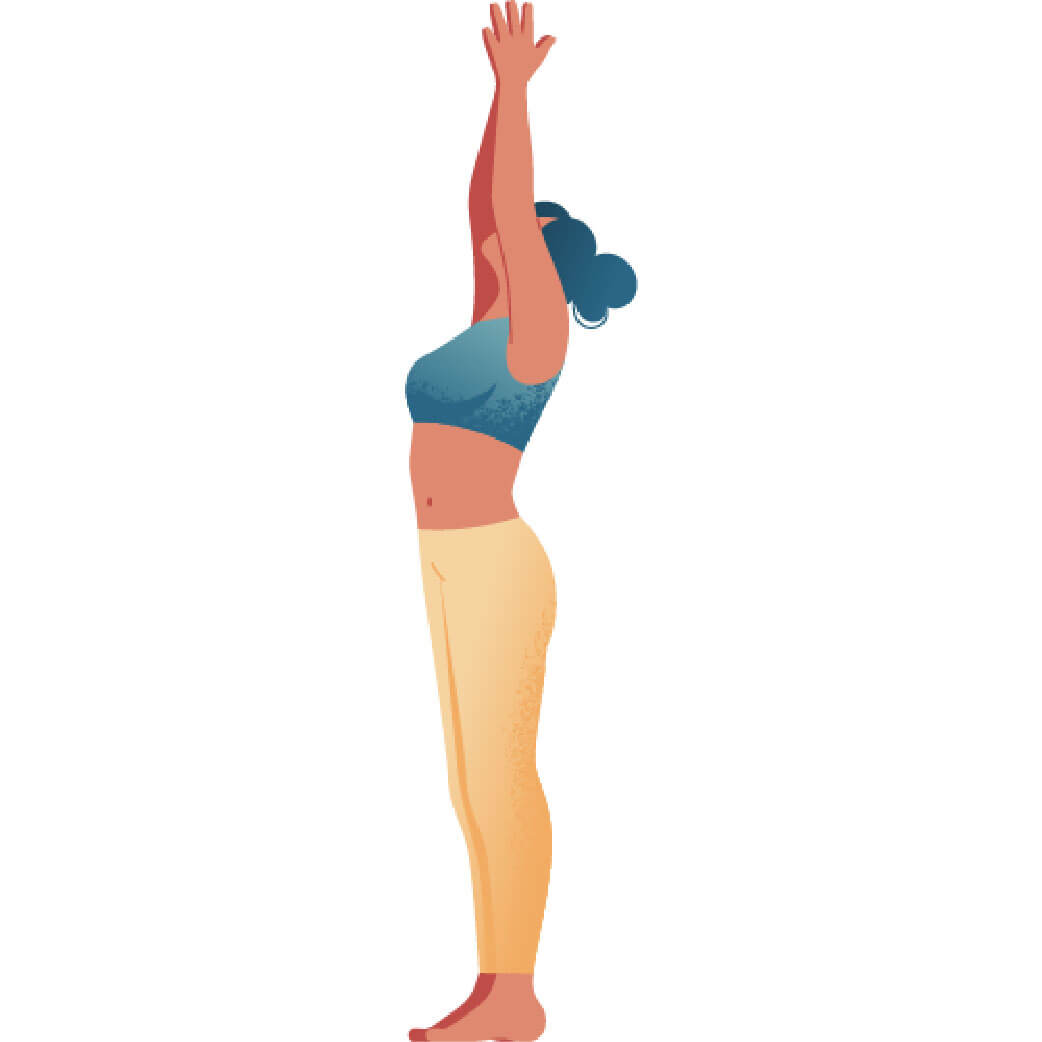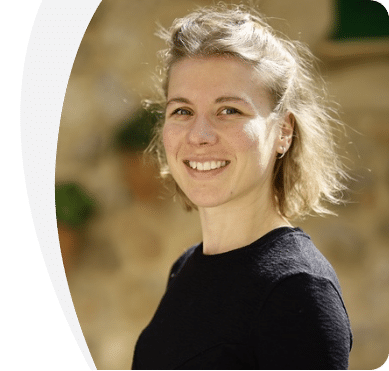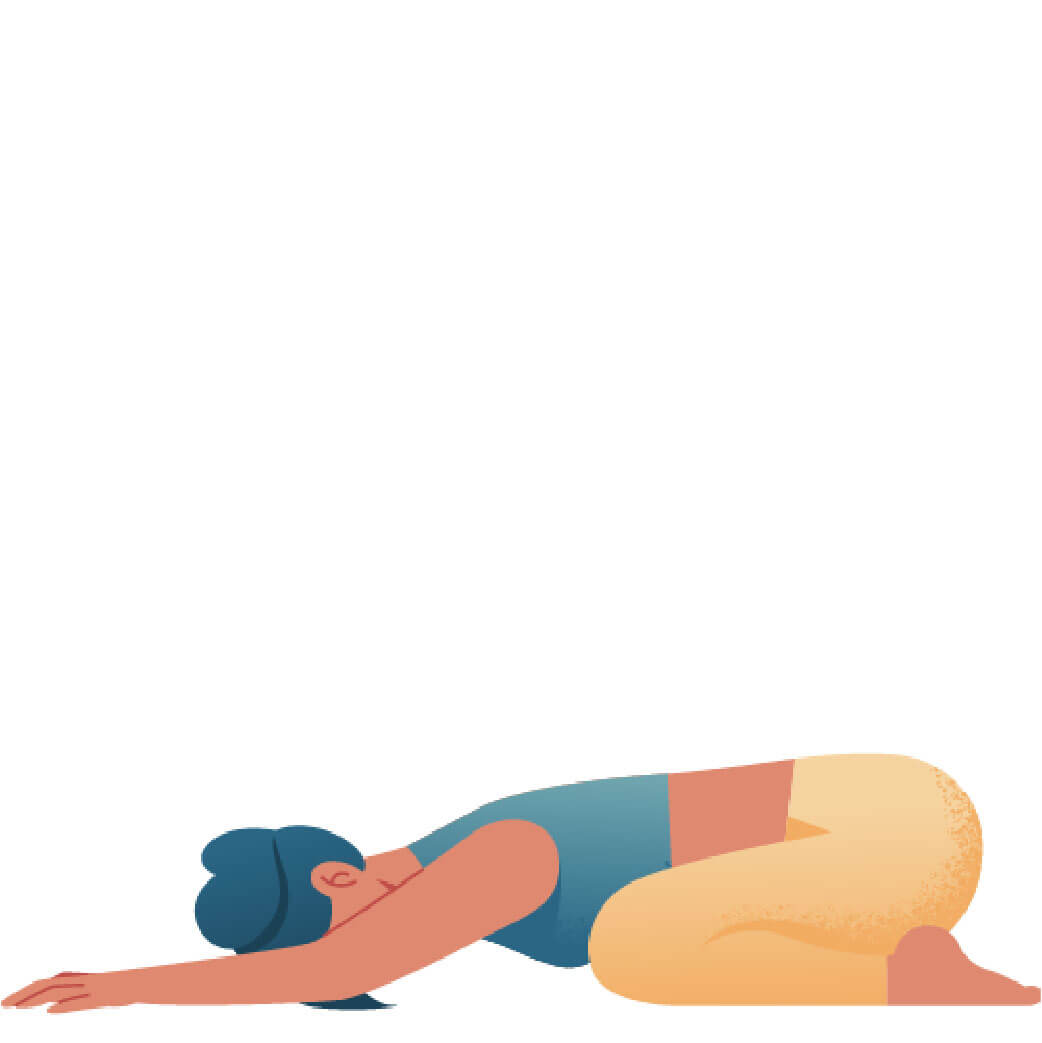
- Sanskrit (Original): Bālāsana
- Etymology: Child (bāla), pose (āsana)
- Fun Fact about the pose: Even though Child’s Pose is one of the most important resting poses in yoga, it was not found in ancient yoga texts and only described in the 20th century.
- Asana Type: Forward Fold
- Main length muscle groups: muscles_length_muscle_groups
- Main strength muscle groups: Tibialis anterior, vastus lateralis, muscles of the arms and hands (this only applies to a more active version of the pose as it is usually restorative and more passive)
- Vinyasa Breath: Exhale
